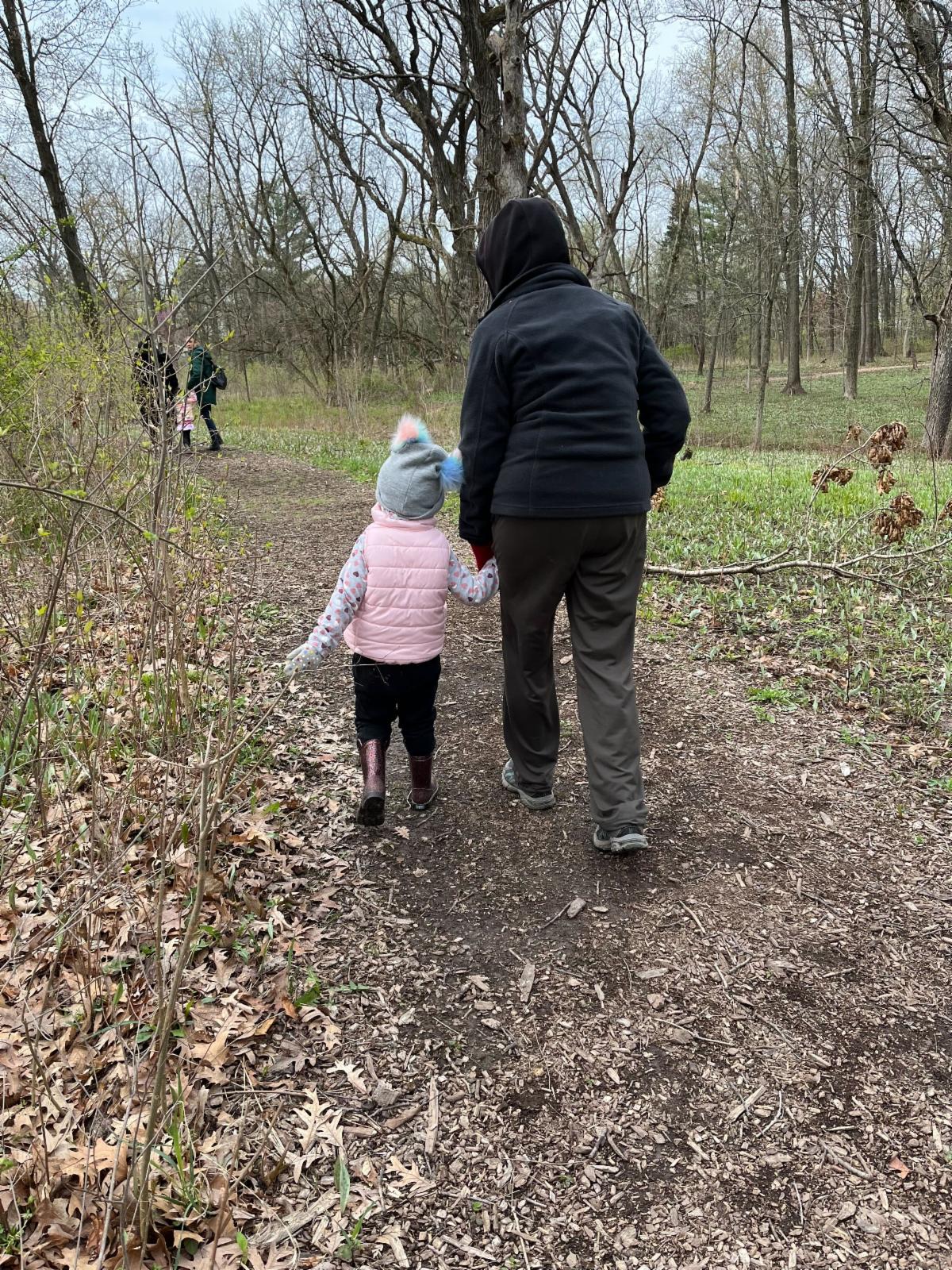Avoiding the Outdoors Because You Feel Accident Prone?
The theme for this week …
Physical activity in the outdoors is so amazing for our well-being! That said, there are inherent risks primarily related to falling.
This is the third is a series about being active outdoors. You can read the first, which outlined benefits of being active outdoors, and the second, on how the outdoors can help child development. Read on …
The challenges with being outdoors
Being outdoors has risks despite all the benefits to physical and mental health. As with all activity, we weigh the pros and cons every time we set foot outdoors.
To help make informed decisions on your activity choice here are the most common injuries outdoors, and some tips to help keep you safe.
What are the most common injuries?
Depending on your locale and age, this may vary, but according to the most recent National Health Statistics these are some insights on injuries:
- The most common cause of injury was from falling (28%).
- The most common types of injury were sprains/strains (40%), fractures (20%) and wounds (29%).
- The most common area of the body injured was legs (42%) and upper body (30%).
How sure footed are you feeling today?
You want to be at the park watching your grandchildren play soccer, but the seating area is all uneven grass.
Or, you want to join the extended family at the beach, but the sand is unstable, and the walkway to the beach is sloped without a handrail.
Or, you want to hike, but the ground on the trail is uneven and loose.
You want to stay safe, but also want to share in the moments with friends and family. This can sometimes be a hard choice!
What are your options?
From a practical perspective there are a few options for a safer outing:
- Opt out (not what you wanted to hear, but it is an option.)
- Use walking/hiking poles. Bonus is your arms will get a workout.
- Do strength and balance exercises to be better prepared.
- Self-assess balance to see how reliable your balance is. Here is our series of self-assessment videos to help.
- Seek Bridging® to reset the muscles affecting your balance.
Insight of the week from Cara
Getting caught in a recent summer rain reminded me of a warm evening in college, running around the quad splashing in puddles. We laughed, got wet and laughed some more. It was so delightful that I still remember the time many years later.
Spending time outdoors with others can be so magical. But this magic can come at a cost. At age 18, who thinks about slipping and falling while romping through puddles? But over 40, or 50, we may begin to think twice.
What about when pain or balance concerns make it hard for you to feel safe being outdoors? Bridging® is a great option to get you outside and active again!
Why is Bridging® different?
Help for your pain, coordination, and balance comes from two unique parts of our solution:
Problem-solving: Taking the time to find the root cause of why you have a hard time with balance, walking, running, or rowing. It might be a long-forgotten injury!
Muscle reset process: The gentle rocking and stretching motion of Bridging® resets your muscle memory allowing you to move more confidently.
The whole goal is to enable you to be back outdoors doing what is important to you!

